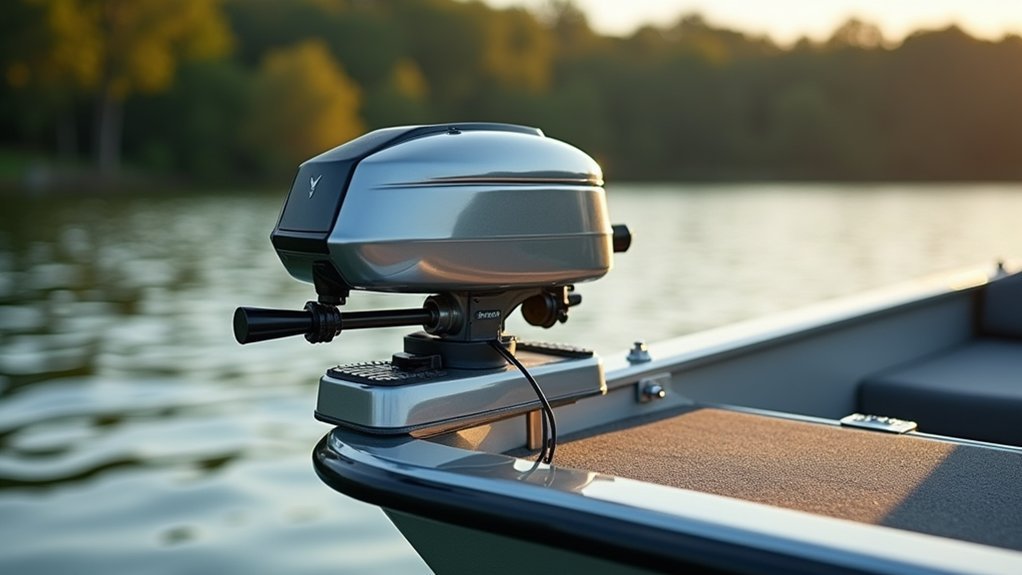We've all faced that pivotal decision when buying a trolling motor: should we go electric or stick with gas? With rising fuel costs and growing environmental awareness, it's time to compare these options carefully. Let's explore three key ways to maximize savings while choosing between electric and gas trolling motors, helping you make a wise investment that'll keep more money in your pocket over the long haul.
Comparing Initial Purchase and Installation Costs
When it comes to choosing between electric and gas trolling motors, the upfront costs can be eye-opening. We'll find that an Electric Motor typically costs more initially, ranging from $800 to $4,000, while gas outboard motor options usually come in under $500. But that's not the whole story when it comes to trolling motors.
Before hitting the water for boating season, we've got to factor in installation costs. Setting up an electric system means investing in batteries, wiring, and mounting hardware – that'll add another $300 to $800. While the initial price tag of using the trolling motor might seem steep, remember that we won't need to charge up with fuel every time we head out. The Battery setup pays for itself over time, making electric an attractive long-term choice for freedom-loving boaters.
Long-Term Operating and Maintenance Expenses
The true cost story of trolling motors extends far beyond the initial purchase. When we're comparing long-term costs, lithium batteries are proving to be game-changers.
While they're pricier upfront, these batteries last longer than traditional lead acid batteries – we're talking about a 10-year warranty versus just 1-3 years.
We've found that brushless motors paired with lithium battery power offer superior value over time. To maximize your investment, let's focus on smart maintenance: clean those battery terminals regularly, and don't forget to recharge the battery after each trip. Never drain your batteries completely – that's a surefire way to shorten their life.
With proper care, your motor batteries and chargers will serve you reliably for years, keeping you on the water without constant replacements or repairs.
Resale Value and Replacement Considerations

Let's plunge into one of the most exciting aspects of electric trolling motors – their impressive ability to hold value over time. When you're ready to upgrade your Motor Guide or switch to a model with GPS anchoring, you'll find that well-maintained electric motors retain significant resale value compared to gas options.
Keep batteries hooked up properly and fully charged after every use. Maintain correct shaft length for ideal boat control. Store motor in a dry place, away from the engine battery and starting battery. Document all maintenance and GPS anchor system upgrades.
Frequently Asked Questions
How to Make a Trolling Motor Battery Last Longer?
Let's maximize our battery life through proper charge optimization, regular maintenance schedules, and efficient monitoring. We'll implement balance charging, guarantee proper storage, and maintain ideal thrust levels for extended performance.
How to Store an Electric Trolling Motor?
We'll save you from a million headaches! Store your trolling motor in a dry place, remove the battery, clean thoroughly, grease moving parts, and use protective covers during off-season. Maintain 50-70°F ideal temperature.
Do Electric Trolling Motors Lose Power Over Time?
We'll see power loss over time due to battery degradation rates and charge cycle impacts. Regular maintenance and monitoring help, but eventually we'll need replacement based on usage patterns and environmental factors.
How Long Will a 100AH Battery Run a Trolling Motor?
We'll get 6-8 hours from a 100Ah battery with normal trolling motor use, but consider motor speed control and water resistance. For extended trips, optimize battery management or explore lithium-ion alternatives.